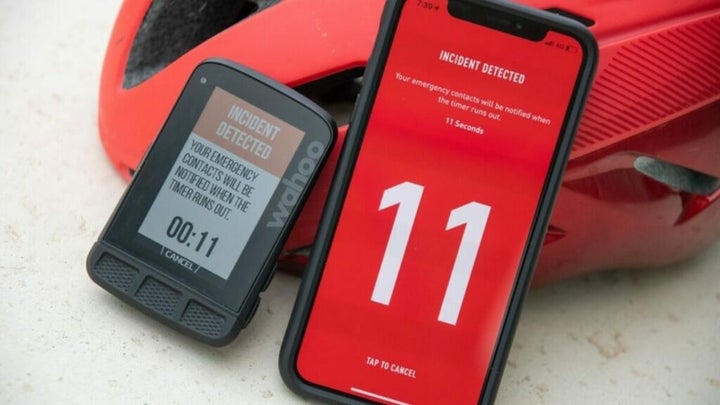News
Apple’s Crash Detection Causes Chaos with 100 False Emergency Calls

- January 31, 2023
- Updated: July 2, 2025 at 3:05 AM

The iPhone 14 was marketed with a new Crash Detection feature, designed to call emergency services if the phone detects the user has been in a severe car accident. But since its release, reports have arisen of instances where the feature gave false positive alerts.
The fire department in Kita-Alps, Nagano, Japan reported receiving 134 false emergency calls in the past month, primarily due to the iPhone 14’s Crash Detection feature inaccurately triggering as skiers went down the slopes. This places unnecessary stress on emergency services.
During that one-month period, the Japanese emergency services received 919 calls, with about 100 of them being false positives triggered by the iPhone 14’s Crash Detection feature, accounting for over 10% of their total workload. The iPhone 14’s Crash Detection feature is also causing false positive triggers during winter sports in the US, and rollercoaster rides.

These activities, characterized by high speed and impacts, are being mistakenly detected as driving patterns and car crashes by the phone’s algorithms.
Apple is working with local emergency services that receive frequent false calls from the iPhone’s Crash Detection feature. They are trying to find ways to reduce these errors. When the iPhone thinks there’s a crash, a loud warning siren starts a countdown before an emergency call is placed. However, during activities like skiing or rollercoasters, the user might not hear the siren and may not cancel the call, causing it to go through.
Despite the issue of false positive triggers, the iPhone’s Crash Detection feature has been praised for its ability to quickly alert emergency services in real car crash situations, as seen in a recent case reported by ABC News in Australia. The quick response of emergency services due to the Crash Detection technology highlights its potential benefits. Apple has taken steps to improve the accuracy of the feature, including optimizations in the iOS 16.1.2 release.
The Crash Detection feature is available on several Apple devices, including iPhone 14, iPhone 14 Pro, and various generations of Apple Watch. To turn it off, go to settings, select Emergency SOS and disable the “Call After Serious Crash” setting. However, it’s recommended to leave the feature enabled as it has the potential to help save lives in case of a serious accident.
Latest from Russell Kidson
You may also like
 News
News1 in 3 Android apps have serious API leakage issues, according to a recent study
Read more
 News
NewsThe rise of fake captchas: a new weapon for cybercriminals
Read more
 News
NewsGoogle disables the 100 results per page feature and leaves users stunned
Read more
 News
NewsThe second season hasn't even premiered yet, and Disney+ has already renewed this superhero series for a third one
Read more
 News
NewsIs Hollow Knight: Silksong too difficult? Its creators defend that it is not
Read more
 News
NewsMicrosoft teams up with ASUS to launch ROG Xbox Ally and compete with Steam Deck
Read more
